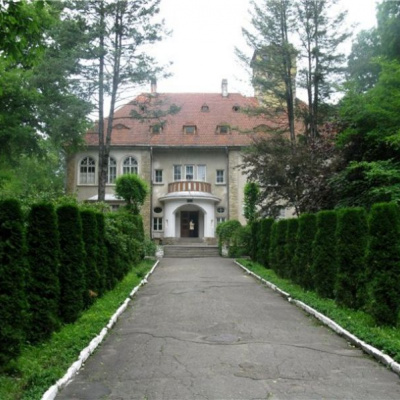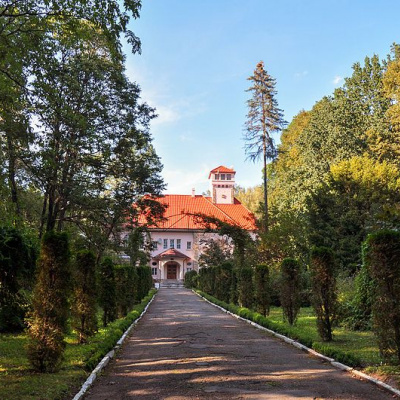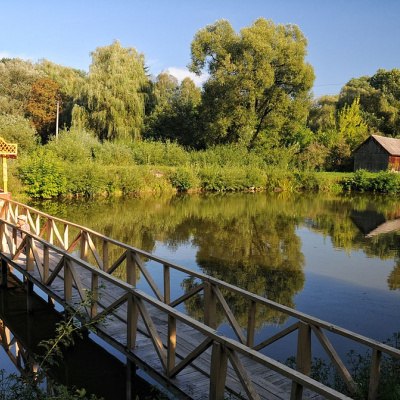Storozhynets Arboretum and Orenstein Estate
The Storozhynets Arboretum is the largest park in the Chernivtsi region, included in the list of natural monuments of national importance. The complex consists of the park and the Orenstein estate. It is a real pride for the whole Storozhynets and a vivid example of landscape art for the whole region. The park was laid by representatives of the richest Flonder family at the end of the 19th century. The manor appeared a little later, in 1880 and was a two-story palace, decorated with an originally equipped watchtower and a balcony on the second floor of the house.
However, the family did not live here for long, already in the early 20th century the estate was sold to the philanthropist and landowner Orenstein. It was during this period that the park began to flourish. Orenstein transforms the existing forest into a charming park area. It was founded in 1912 and covered an area of about 17.5 hectares. The park was planted with rare and unique tree species and shrubs. The park contains more than a thousand species of trees and shrubs from all over the world, most of them exotic.
In 1945, another fateful event took place in the history of the park, when an educational institution, the Forestry College, began operating here . The administration is located in the estate, and students begin to undergo practical training at the arboretum.
The arboretum's collection is based on more than a thousand exotic trees and shrubs from different parts of the world (old 100-200-year-old giants of one meter diameter: oak, linden, ash, maple, spruce; slender thorny fir trees from North America, their countrymen - pyramidal thuja, and Japanese quince). Each plant has a plate with the name of the species in Ukrainian and Latin. The Storozhynets arboretum has two ponds, a botanical playground, an artificially recreated Carpathian landscape, and open enclosures with roes, peacocks, pheasants, guinea fowls, and wild ducks.
The most romantic place in the park is a Chinese-style gazebo . It is located near the pond.
Storozhynets is a town in the Chernivtsi region. It is located 25 km southwest of the regional center. It is not difficult for tourists to get here. There are rail and bus services from Chernivtsi, as well as taxis and private cars.
Accommodation around Storozhynets Arboretum and Orenstein Estate:
Які маршрути проходять повз Storozhynets Arboretum and Orenstein Estate?
Пропонуємо пройти такі туристичні (пішохідні) маршрути через/біля Storozhynets Arboretum and Orenstein Estate: пер. Німчич - Протяте Каміння, Смугарські водоспади, с. Шепіт, через г. Яровиця, г. Пнів'є, г. Масний Присліп до с. Шибене, с. Шепіт – г. Яровиця, с. Нижній Яловець, через г. Яровиця до с. Шипіт, с. Шепіт, через г. Яровиця, г. Пнів'є, г. Тарниця до с. Пробійнівка
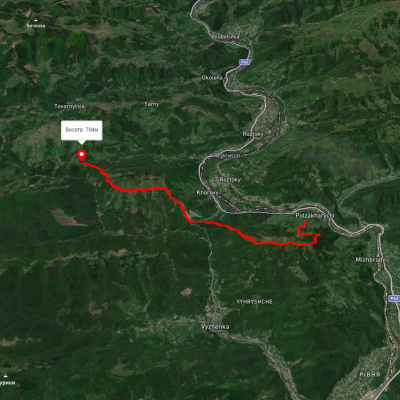
пер. Німчич - Протяте Каміння
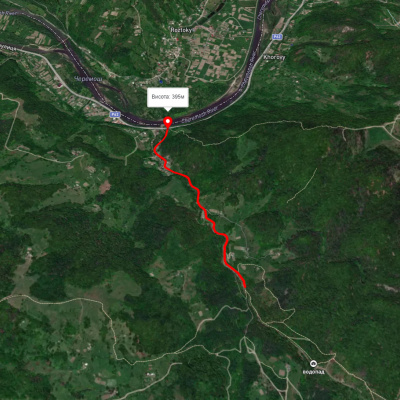
Смугарські водоспади
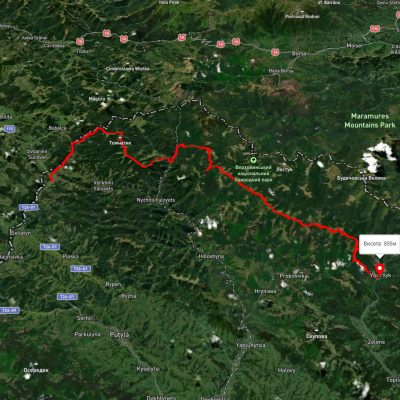
с. Шепіт, через г. Яровиця, г. Пнів'є, г. Масний Присліп до с. Шибене
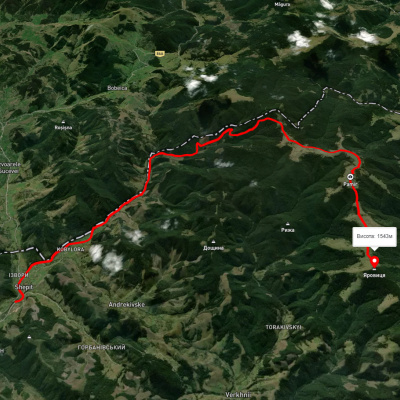
с. Шепіт – г. Яровиця

